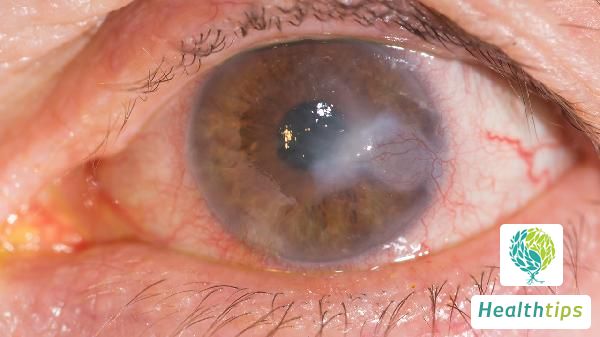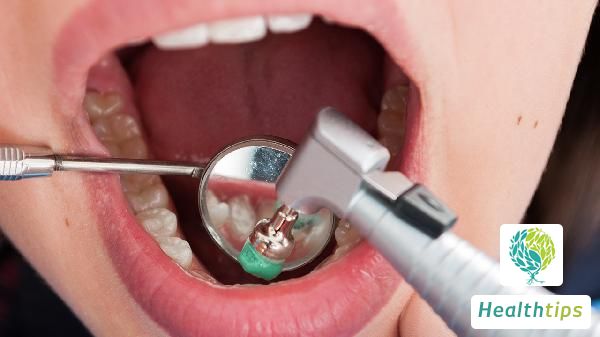What Causes the Formation of Ceruminous Cholesteatoma in the External Auditory Canal?
The formation of cerumenoma in the external auditory canal is mainly related to various causes such as chronic inflammation, trauma, ear surgery, and abnormalities in physiological structure. Understanding the specific triggers can aid in timely prevention and treatment.

1. Chronic Inflammation and Infection Factors
Long-term chronic otitis media or recurrent otitis externa can lead to the accumulation of epidermal debris and infectious materials, forming a cerumenoma. Infection may damage normal ear tissue and promote abnormal keratinization of the external auditory canal skin.
Treatment: Timely treatment of ear infections and avoiding recurrent episodes can reduce the risk of cerumenoma formation. Local otic antibiotic drops such as ofloxacin and ciprofloxacin can be used, with specific choices requiring medical advice. If symptoms are severe and accompanied by significant hearing loss, professional examination and treatment should be sought promptly.
2. Trauma and Physical Factors
Frequent external mechanical damage to the ear (such as excessive cleaning with cotton swabs or insertion of foreign objects into the ear canal), or limited self-cleaning ability of the external auditory canal, can lead to mucosal damage and accumulation of epidermal tissue, providing a breeding ground for cerumenoma formation.
Treatment: Avoid using sharp objects to clean the ear; if there is itching or discharge in the ear, use professional ear canal care tools or directly visit a hospital for examination and cleaning. For cases where there is already obvious accumulation in the ear canal, it can be kept patent through cleaning or irrigation assisted by a microscope.
3. Complications After Ear Surgery
After middle ear or external auditory canal surgery, poor healing of the surgical site may affect the ear's internal structure and induce cerumenoma in the external auditory canal. This risk is relatively high, especially in tympanic membrane perforation repair and mastoid surgery.
Treatment: Regular follow-up is required after surgery to ensure good healing of the incision, while keeping the ear clean to prevent postoperative complications such as infection. If cerumenoma formation is suspected, high-resolution CT scans or otoscopy can be performed for a definitive diagnosis.
4. Abnormal Physiological Structure and Genetic Factors
Some people are born with a narrower external auditory canal or excessive earwax secretion. If there is a history of cerumenoma in the family, the individual's risk of developing the condition may also be higher.
Treatment: Ensure the ear canal is patent. Those with a narrow external auditory canal structure can have earwax regularly cleaned by a specialist to reduce the risk of cerumenoma formation. If there is a genetic predisposition, regular ear screenings should be undergone to detect potential onset early.
If cerumenoma in the external auditory canal is not treated promptly, it may lead to hearing loss, persistent ear pain, infection, and even intracranial complications. Regular ear health checks, maintaining cleanliness, and timely treatment of inflammation are effective ways to prevent the occurrence of cerumenoma. If cerumenoma has already formed, surgical removal or pharmacological treatment should be carried out as recommended by a doctor to prevent further deterioration of the lesion.



















